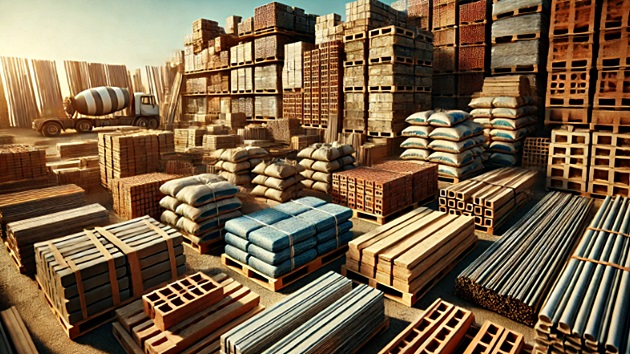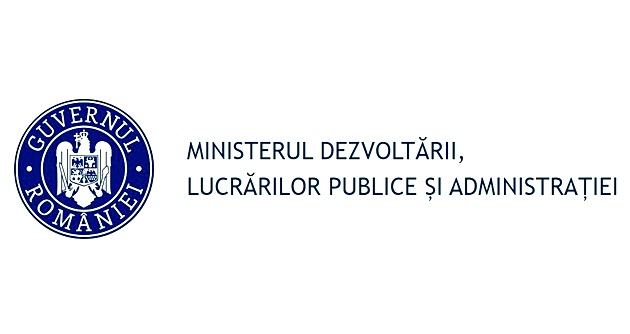2403

Romanian Construction Materials Market in 2025: Price Fluctuations and Economic Impact
In 2025, Romania's construction materials market experienced significant price fluctuations, influenced by economic, political, and environmental factors at both the European and global levels.
Analyzing data from European institutions such as Eurostat and the European Commission, a general upward trend in costs can be observed in this sector, directly impacting the construction industry and the national economy.
Key Factors Driving Price Trends
Rising Energy Costs
According to Romania’s Integrated National Energy and Climate Plan 2021-2030, the country aims to reduce primary energy consumption to 32.3 Mtoe and final energy consumption to 25.7 Mtoe by 2030.
However, the transition to cleaner energy sources and investments in energy infrastructure have led to increased energy costs, directly impacting the prices of construction materials due to the industry's dependence on energy.
Environmental Policies and Stricter Regulations
Under the "Neutral Romania" scenario, the country must reduce net emissions by 78% and non-LULUCF (Land Use, Land-Use Change, and Forestry) emissions by 67% compared to 1990 levels by 2030.
These ambitious targets have led to the implementation of strict regulations on emissions and energy efficiency in the production of construction materials, resulting in additional investments and, consequently, higher prices.
Increased Demand and Raw Material Shortages
According to Eurostat data, post-pandemic economic recovery has led to increased demand in the construction sector across Europe.
This demand, combined with supply chain disruptions and raw material shortages, has put pressure on construction material prices.
Impact on the Construction Sector
The rising prices of construction materials have had multiple effects on Romania’s construction sector:
Increased Project Costs
Budgets initially allocated for various infrastructure and real estate development projects have been exceeded, requiring reassessments and additional funding.
Execution Delays
Higher costs and material shortages have led to project delays, affecting completion timelines and initial planning.
Reevaluation of Procurement Strategies
Companies in the sector have had to adapt their procurement strategies, seeking more affordable alternatives or renegotiating existing contracts to align with new market conditions.
Future Outlook
To mitigate the impact of price fluctuations and ensure the sustainability of the construction sector, proactive measures are necessary:
Diversification of Supply Sources
Identifying and developing new sources of raw materials can reduce dependence on traditional suppliers and stabilize prices.
Investment in Green Technologies
Adopting energy-efficient and environmentally friendly technologies can lower long-term costs and align the industry with European environmental regulations.
Public-Private Partnerships
Collaboration between public authorities and the private sector can facilitate the implementation of essential infrastructure projects, distributing risks and benefits equitably.
Conclusion
The evolution of construction material prices in Romania in 2025 reflects a combination of internal and external factors.
The adaptability and innovation capacity of the sector will be crucial in navigating these challenges and ensuring the sustainable development of the construction industry in the coming years.
According to available data, construction sector prices in Romania increased by 11.5% in 2023.
This upward trend is expected to moderate in the coming years, with estimated increases of 5.2% in 2024, 3.3% in 2025, and 2.7% in 2026.
Regarding construction work volume, forecasts indicate a 10% growth in 2025, followed by 8% in 2026.




